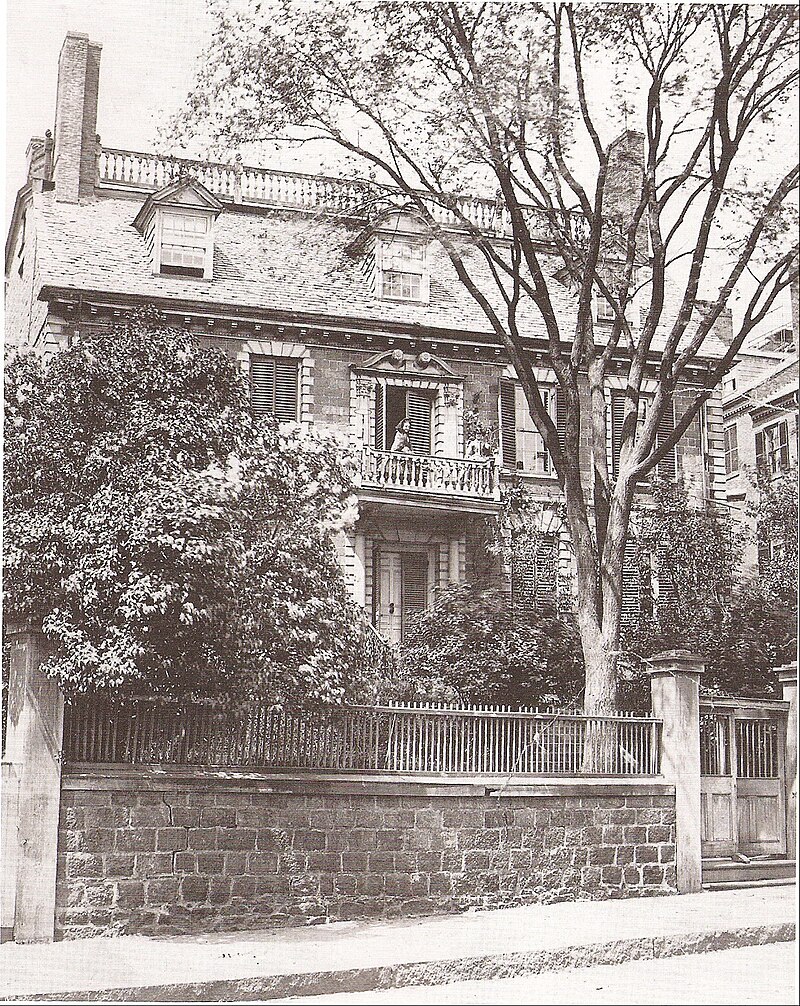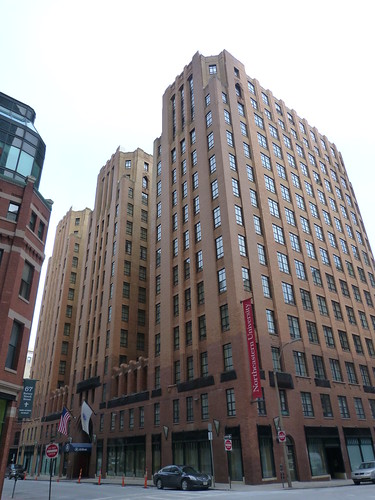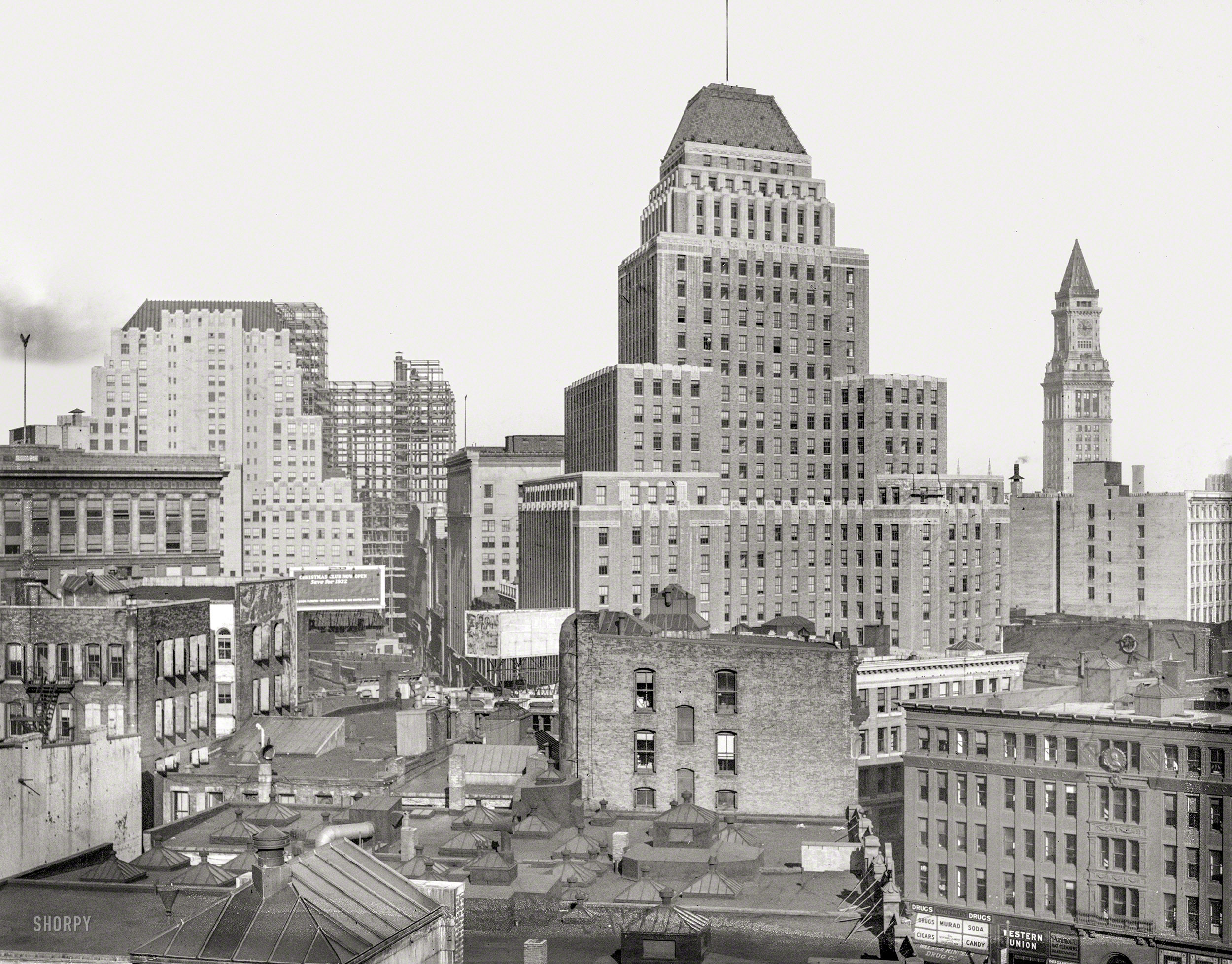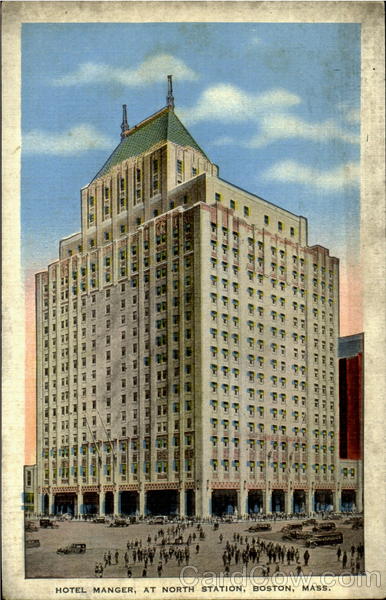whighlander
Senior Member
- Joined
- Aug 14, 2006
- Messages
- 7,812
- Reaction score
- 647
A few personal opinions about this debate:
1. Let's make sure we're asking the right questions when talking about preservation. "Preservation" is not - or shouldn't be - an end in and of itself. I see little point in preservation solely for aesthetic reasons, there's needs to be a functional component. If we want to retain the visual urban form (which in my opinion more than anything else, endows Boston with it's 'attitude' or 'Boston-ness'), then we need to make sure that these buildings can adapt to changing social and economic forces. That means warehouse conversions to office/residential space, interior work, energy efficient retrofitting, perhaps small alterations (very small) to street-level facades that allow for retail space.
...The question in my eyes then, is how do we instigate more of Russia Wharf and avoid 125 Summer. Instead of rebuilding or preserving, it's solely a question of how best to balance the two goals, because let's be honest we need both.
...The lesson I see in (my reading of) this period is that we can't talk in absolutes about the economic ineptitude of older building stock, much of conditions were created by human policy, social/cultural attitudes, not unchangeable "market forces" though they certainly played a substantial role
3. It's not just about Bulfinch and bricks. The building to be razed in this project is a latter-day, early 20th century commercial building. I don't see what context it contributes to honestly...
There's also a lot in Boston beyond Bulfinch and beyond 4-story brick commercial blocks. Boston has been constantly redeveloping and, if you ask me, the best buildings we have are from the 1875-1910 era that encompassed both technological changes in construction, Romanesque, high vic, and other historicists styles that I think are really striking. .....I think we forget that Boston is structurally, a late nineteenth-century city - one with a distinct environment in the US, but not as a Colonial city in regards to it's building stock, more of a 19th century city overlaid on colonial contours.
Cantab -- Excellent !
I would simplify the dense academicism to this:
Contrary to most impressions -- Boston is the most changed city in the Nation and up there on a Global Scale [over its 400 year existence]
But -- what makes Boston quintessentially Boston is that traces exist of the entire transformation process that provide a humanly and humanely familiarity that many of the planned cities lack.
We still have:
- Beacon Hill though its cut down
- Scotto's Alley still exists even though its inside of a building
- the streets named Causeway and Canal although water is long gone
- the Mill pond and town dock are gone -- but we have Dock Square
- Fort Hill is now flat, but streets curve around its former shape
- the damn that created the Back Bay is gone but the former sea wall is still there behind Beacon St. on Back Street
- the Province House is gone -- but the steps to the garden remain
- the original Long Wharf exists in State Street
- many many more examples
There have been some major misses such as the sale of John Hancock's Mansion for $250 in 1863 and its subsequent demolition

some "unforgivable losses" as as recently as 1922 when the remnants of the Province House was demolished

and MIT's Rogers' Building on Boylston St. that was leveled in 1938 to make way for an insurance companies HQ

and we had some near losses including the Old State House and Paul Revere's house in the late 19th and early 20th C
In the ultimate -- What needs to be kept in mind in the preservation versus change debate -- Boston is alive as city -- not a museum
All Living things change with time. However, as opposed to truly living things where the disposal of the old is as important as the creation of the new -- with a living city -- its nice to hold onto some of the familiar, and of course to preserve at all costs the truly Historic.





